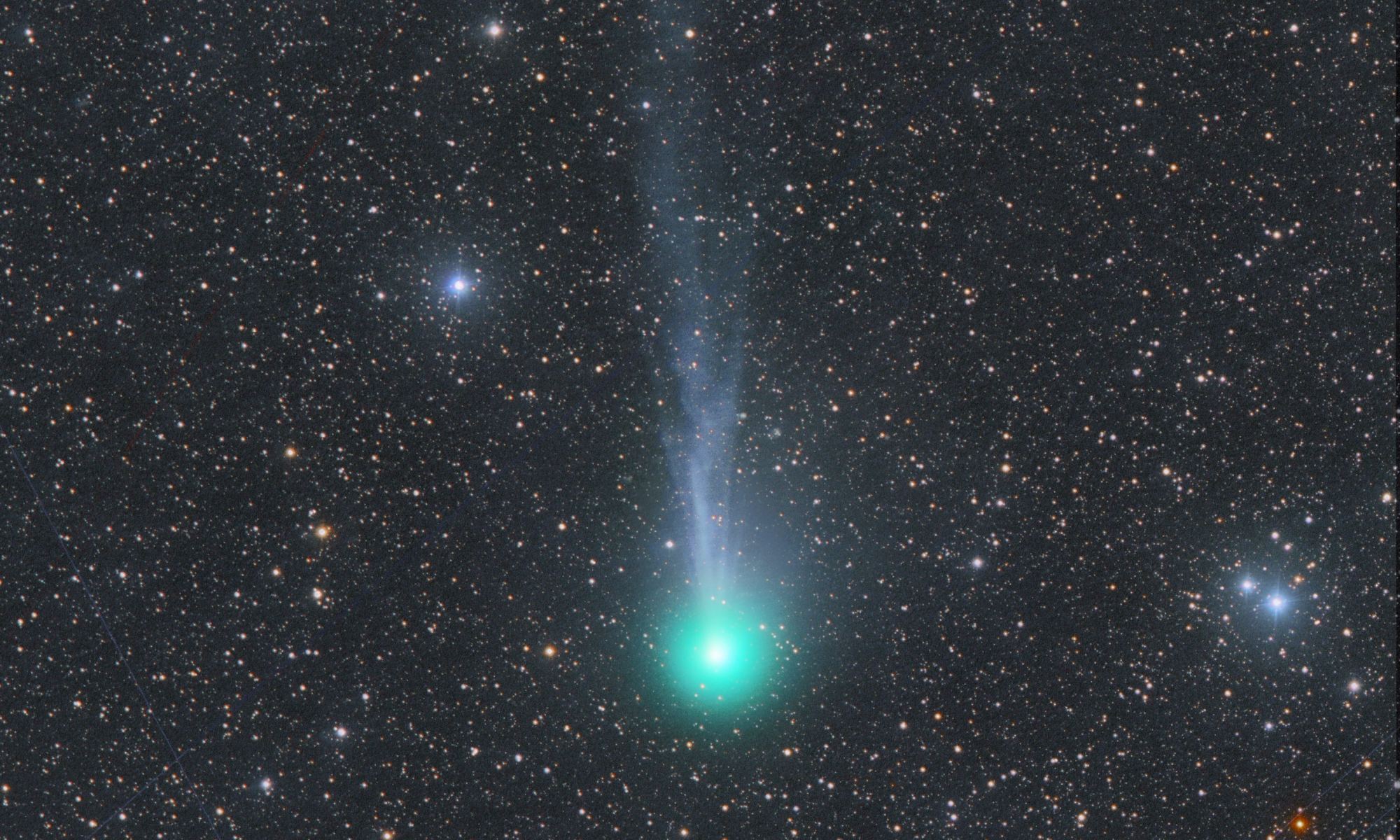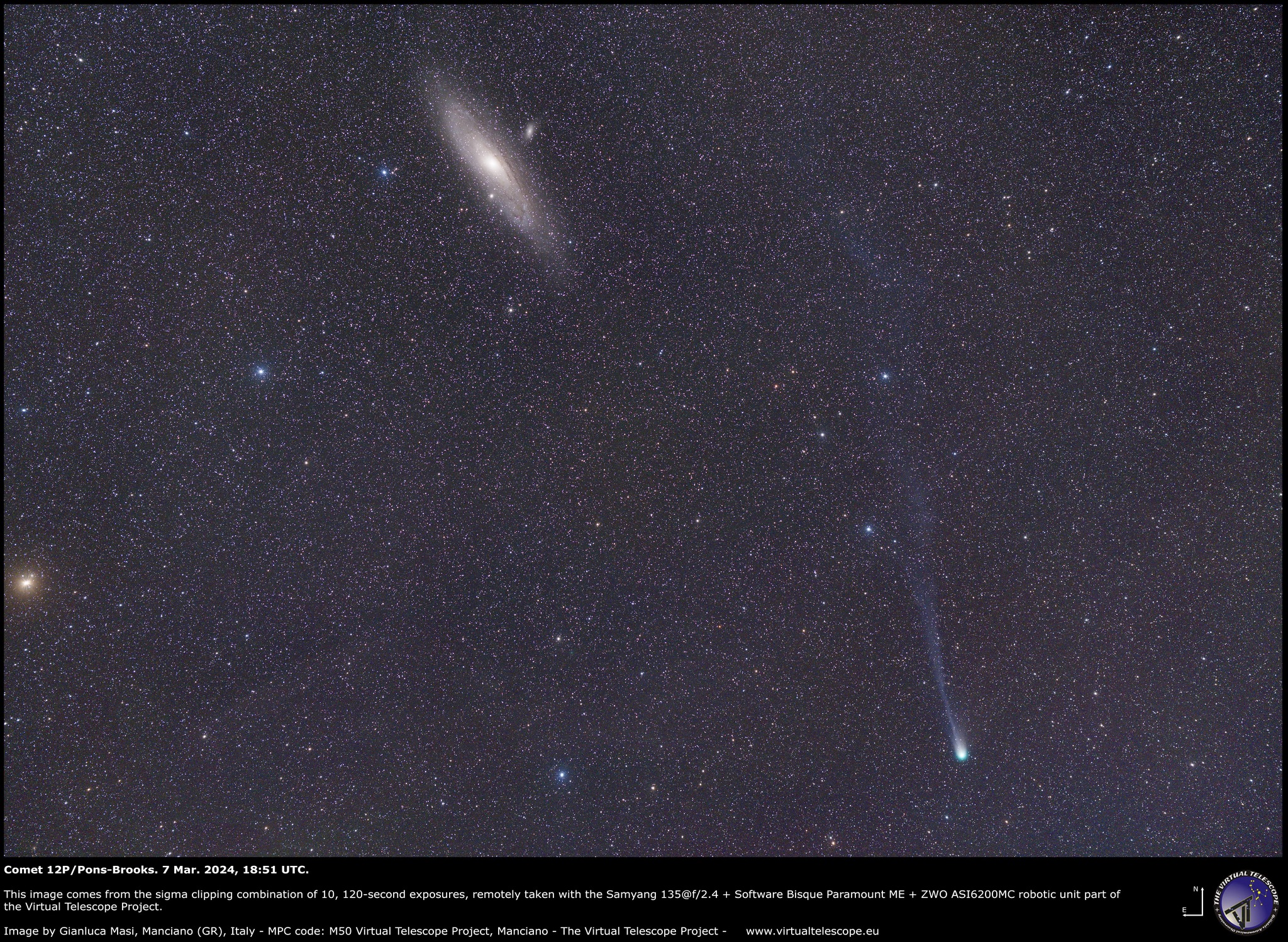Comet 12P/Pons-Brooks, also nicknamed the “devil comet,” began to lose brightness after it reached perihelion, the closest point in its orbit around the Sun, on April 21. Most comets tend to flare up brightly and then quickly fade away, becoming invisible. In this case, the “devil comet” will cease to be visible to sky observers in the northern hemisphere, although residents of the southern hemisphere will finally get the best chance to see the comet with their own eyes.
It is worth noting that 12P/Pons-Brooks will not return to the vicinity of Earth until 2095. Many of those who are watching it now are seeing it for the last time. However, it remains an object of admiration for sky observers, especially recently, when its brightness is increasing. The comet will still be visible during May, but its brilliance will quickly fade by the end of the month and almost completely disappear in early June.

If you want to see a comet that occurs once in a lifetime, now is the best chance to do so. In the absence of proper equipment to see it with your own eyes, you can always watch a video recording of the comet made by The Virtual Telescope Project, which demonstrates it in all its glory as it flew past our planet.

Earlier we reported on how comet 12P/Pons-Brooks lost its tail after colliding with a coronal mass ejection while approaching the Sun.
According to bgr.com
Follow us on Twitter to get the most interesting space news in time
https://twitter.com/ust_magazine


